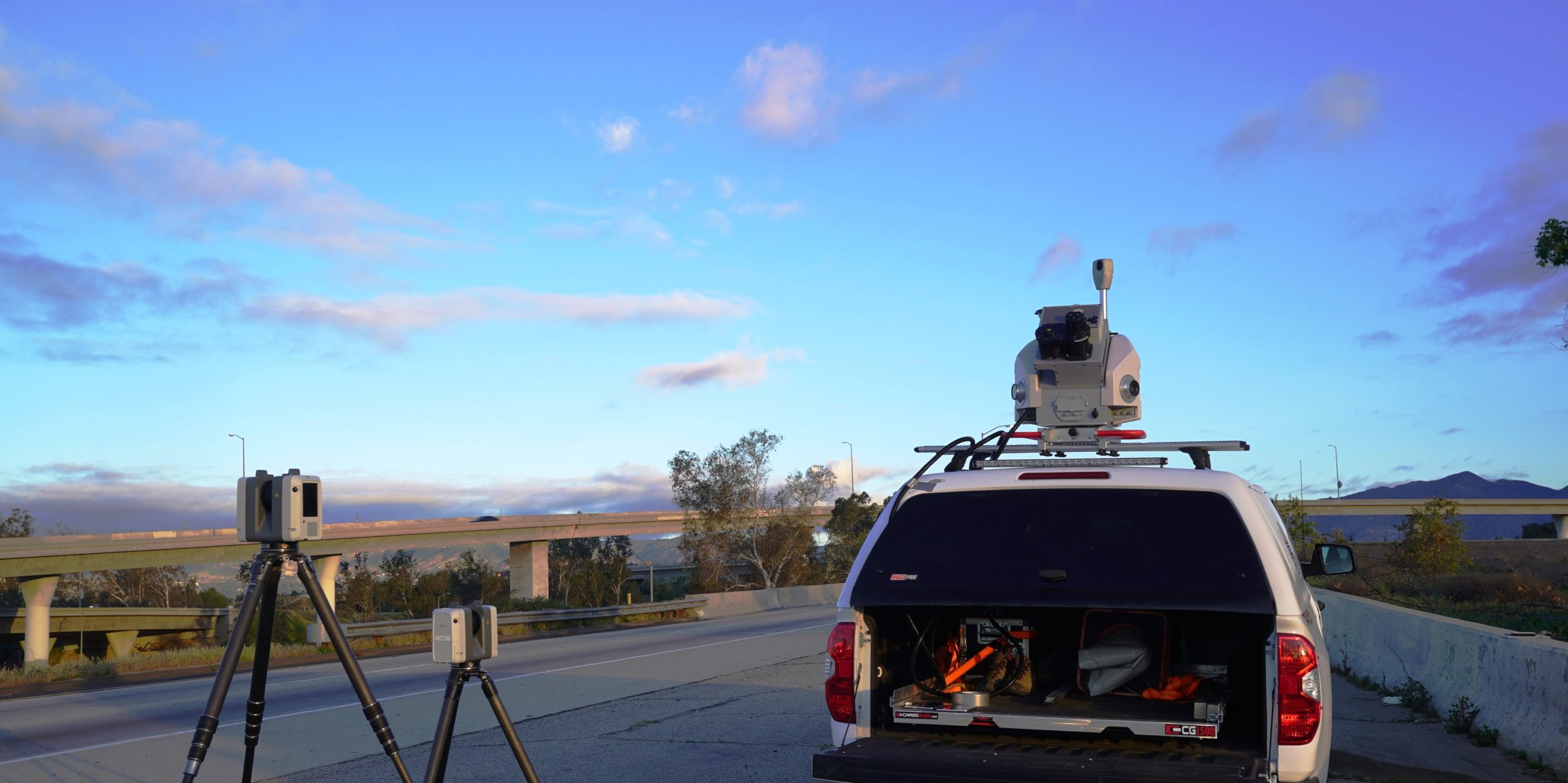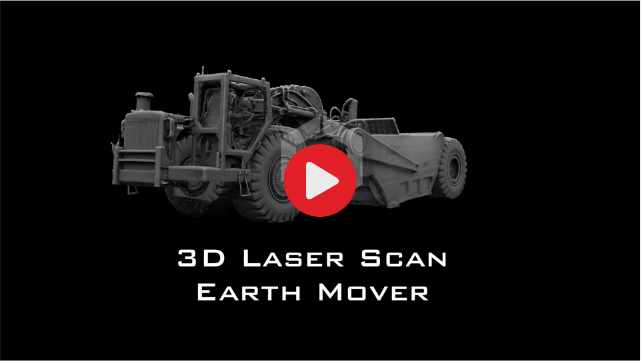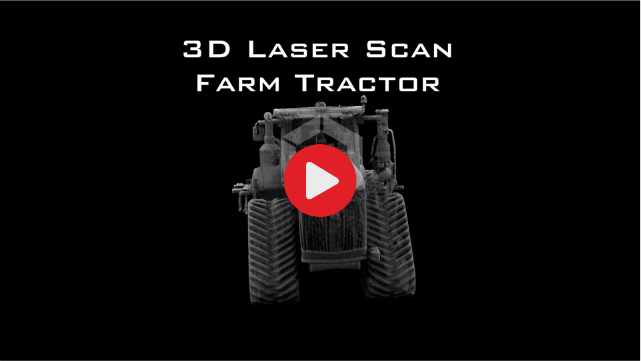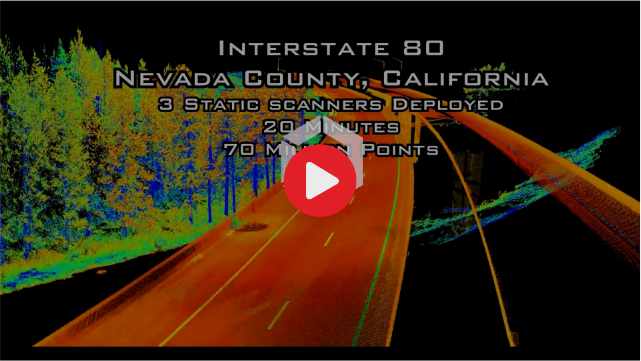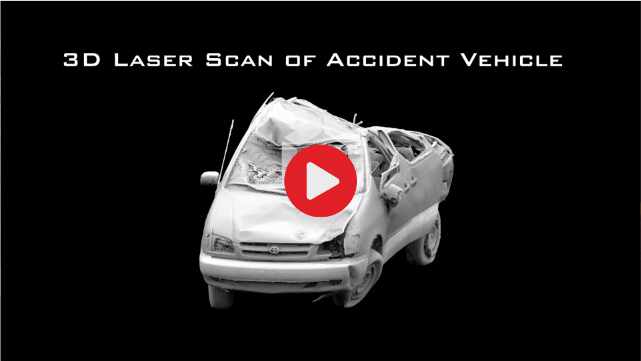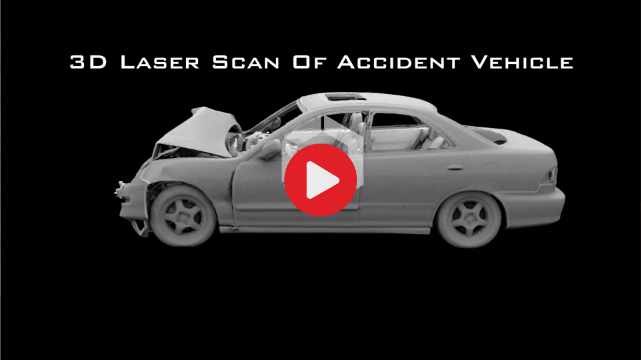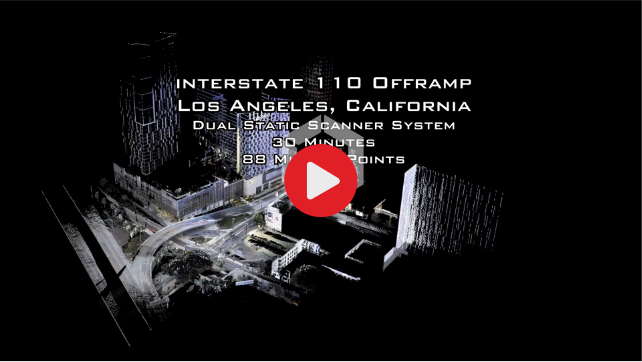Castañeda Engineering employs both static and mobile 3D laser scanning systems to document and measure accident sites, vehicles and pertinent evidence. Our scanners can accurately and efficiently capture three-dimensional data and imagery at speeds of up to 2 Million points per second. Since the deployment of our first Leica C-10 laser scanner in 2010, our firm has been committed to staying at the forefront of 3D laser scanning technology within our industry. Over the last 10 years, our engineering professionals have gained extensive experience in 3D laser scanning technology and have developed proficiency in various systems including Leica and FARO as well as multiple scan data processing software and CAD applications. Our team has developed efficient workflows to expedite the acquisition of scan data in the field, the processing of scan data in the office and the output of quality custom-tailored deliverables.
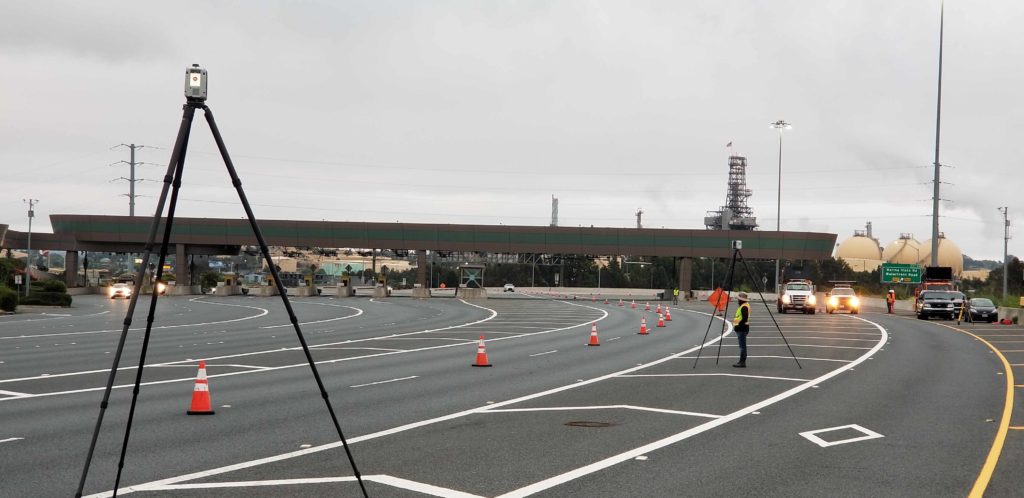
static laser scanning
Static laser scanners are typically mounted on a tripod to capture three-dimensional data and imagery of its surroundings – the distance of “useful” data collection depends on the range and settings of the scanner. The unit will be moved to multiple site locations for data collection. Our static laser scanners can collect data and imagery at speeds of up to 2 Million points per second and are primarily employed to rapidly document and measure vehicles and sites which can be safely accessed and documented. When time is of the essence, our engineering team will deploy multiple scanners to expedite the project and reduce time in the field.
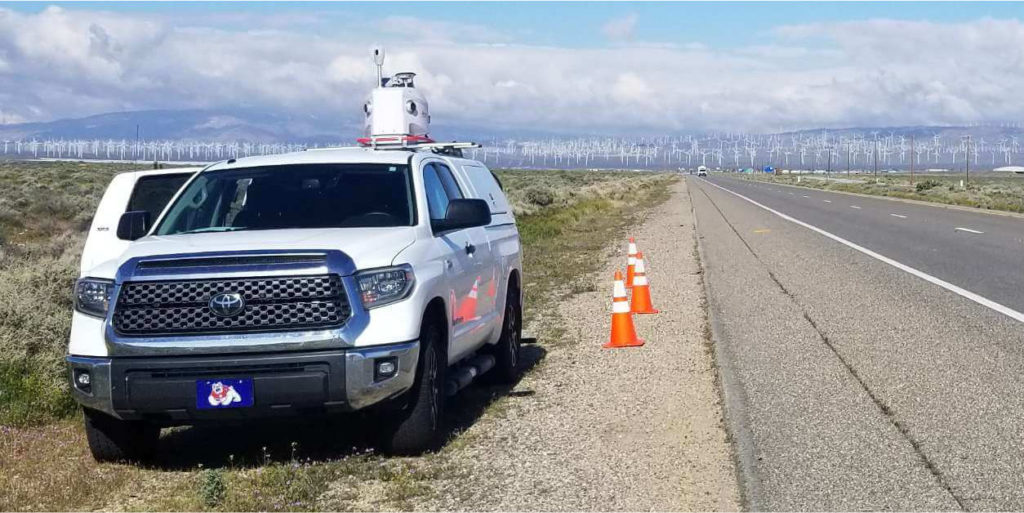
mobile laser scanning
Castaneda Engineering employs its Mobile 3D Dual Laser Scanner system to rapidly and efficiently capture accurate and highly-dense three-dimensional data and high-resolution imagery of roadways and heavily traveled transportation corridors, including highways and interstates.
